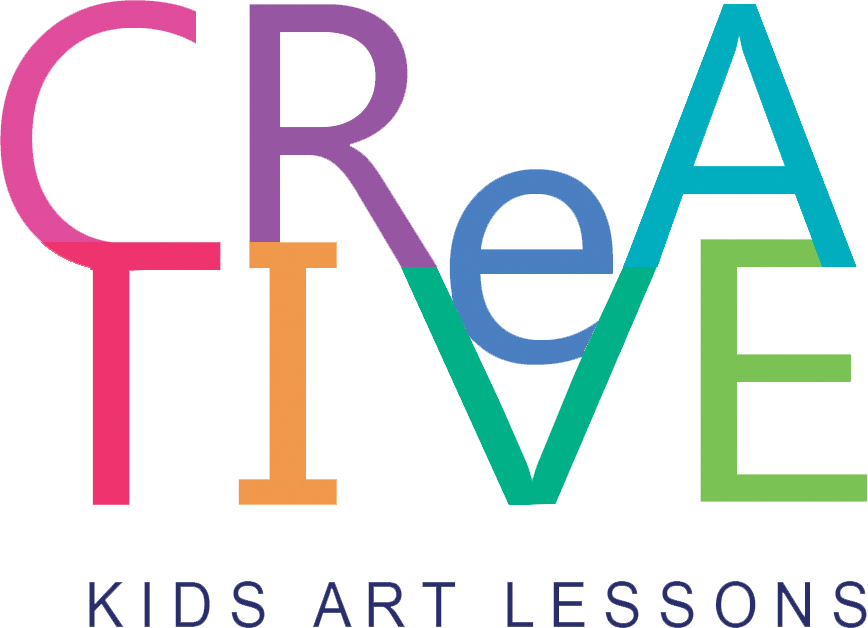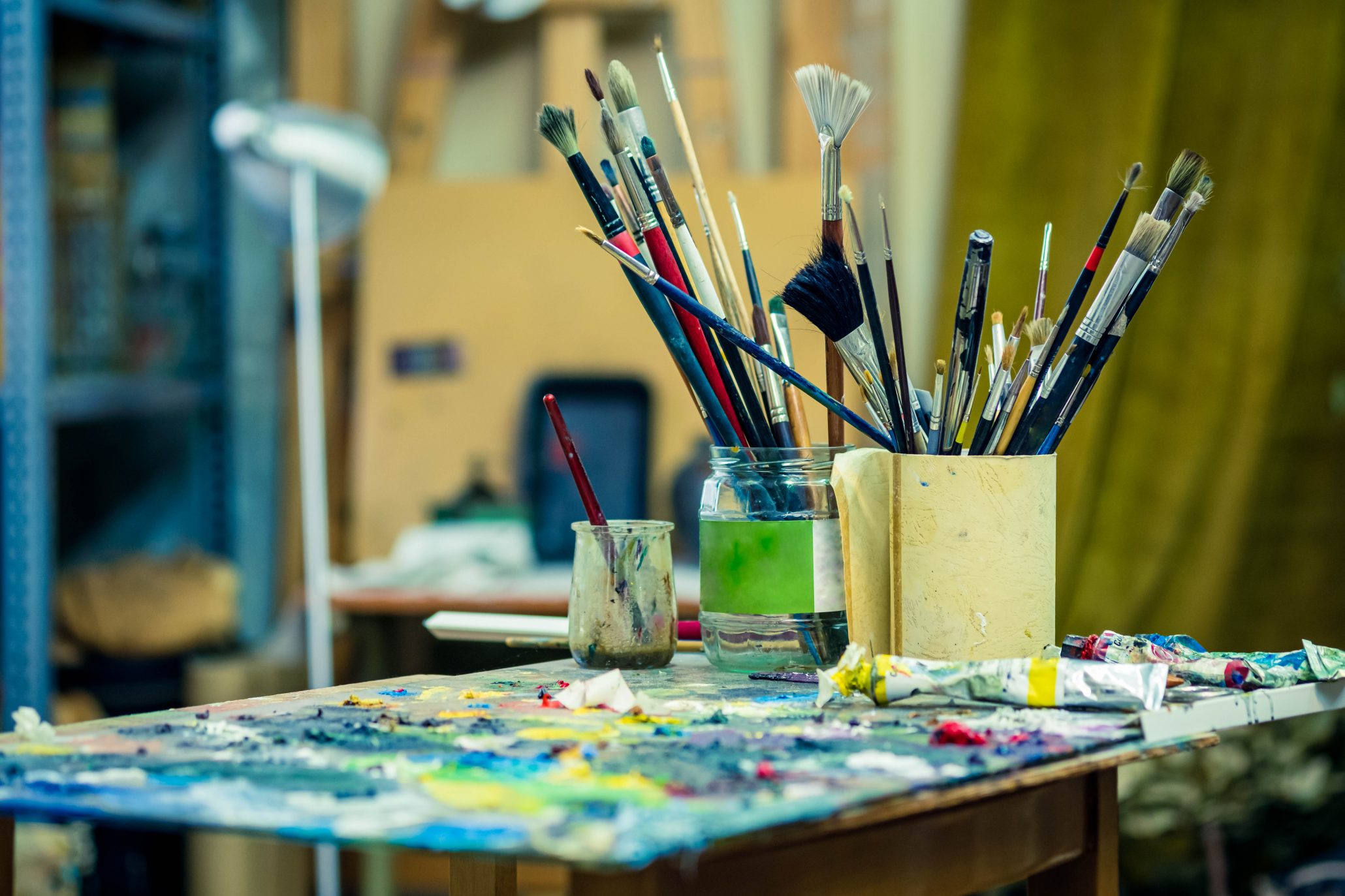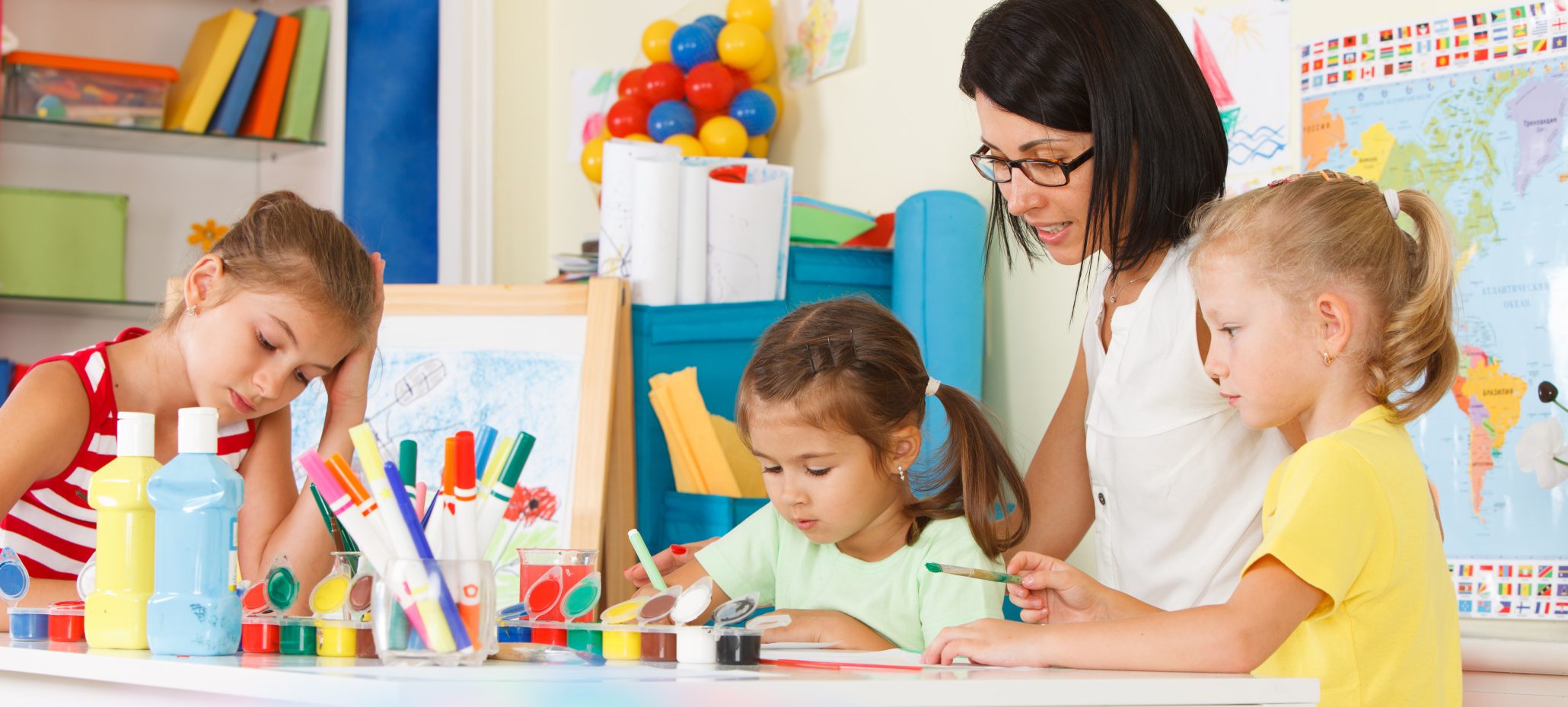Art teachers are often required to use their creative talents not only to create art but also to consider smart and effective ways to store student artworks in a limited space.
Storage Ideas
Here are some simple but effective ideas:
Firstly, you will need some type of storage system such as storage racks, shelving or pigeonholes to store the two-dimensional works. If you can get shelves that are adjustable that’s even better. Make sure whatever you choose to store your student work in is large enough to accommodate the size of the portfolios.
Storage options for 3D artworks
Storing 3 dimensional works and works in progress can be tricky, particularly in terms of the quantity of students and classes completing 3-dimensional art at any one time. We recommended that you assess your planning and curriculum to have different grades using different mediums at any one time to allow for effective storage.
- Bins or boxes work well for 3D artworks. Make sure they are big enough to hold all artworks or use more than one. Ensure you label each bin or box clearly with the class number, day and time. This is important to identify and catergorise them by year, grade, and scheduled class allocation.
- For 3D art projects adjustable shelves can also work well. Label each section with the class details and use a colour code to match the portfolios to easily find what your looking for.
Portfolios for student’s work:
When it comes to creating a portfolio, you don’t want to do anything expensive or bulky, especially if you have 600 students! It needs to be easy to store as well as being able to fit in oversized artworks. Think about the size papers you will use most often, such as A4 and A3 or in the US legal and tabloid.
Each student will need a folder, handles can be useful for pulling the folders out of the storgare racks. Clearly label each student’s folder with their name, class and the day and time they have art. This is important to identify and catergorise them by year, grade, and scheduled class.
- Using posterboard, tagboard or a similar thick card for the folders will help maintain stability. You can use coloured tape or duct tape, to tape the two sides together to colour-code the portfolios by class or year group.
- Grocery paper bags are a cheap alternative. The large brown paper bags can be cut to create a flat bag to store art. Lay the brown paper grocery bag flat and cut down one side. Next, cut around the base, fold the bag flat and tape along the cut edges.
Purchased or made-either way, have the students take ownership of their art portfolio and complete a cover page with their name and perhaps an initial ice breaker art activity.
(written by: Melissa Sutterby, Art Teacher)
Latest Articles
Popular kids art lessons for teachers and ideas for the artroom
Tips for creating with fibre and Textiles in the classroom ...
10 Tips to Support Mental Health and Wellbeing for Art ...
Celebrating Artists’ Birthdays All Year Round Why not bring a ...




